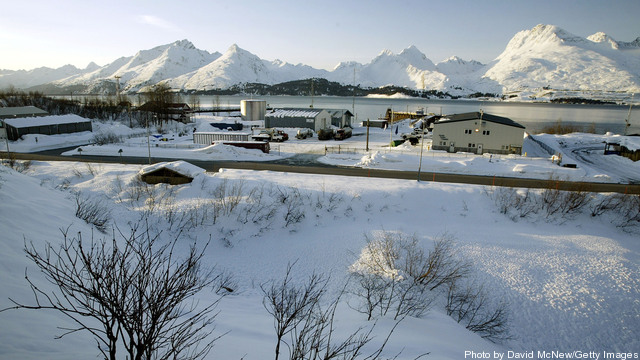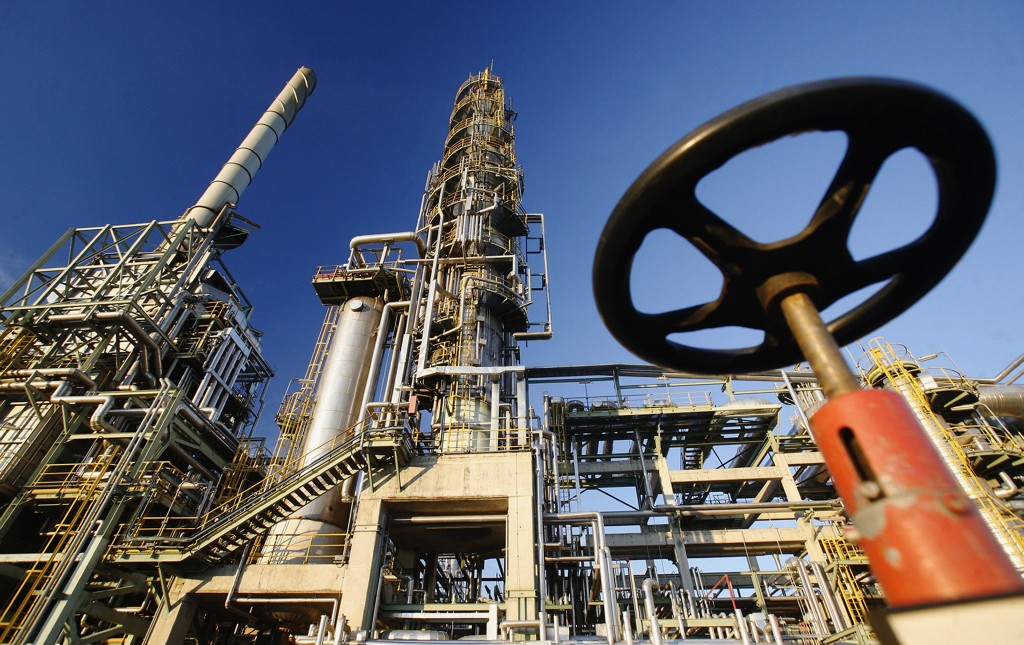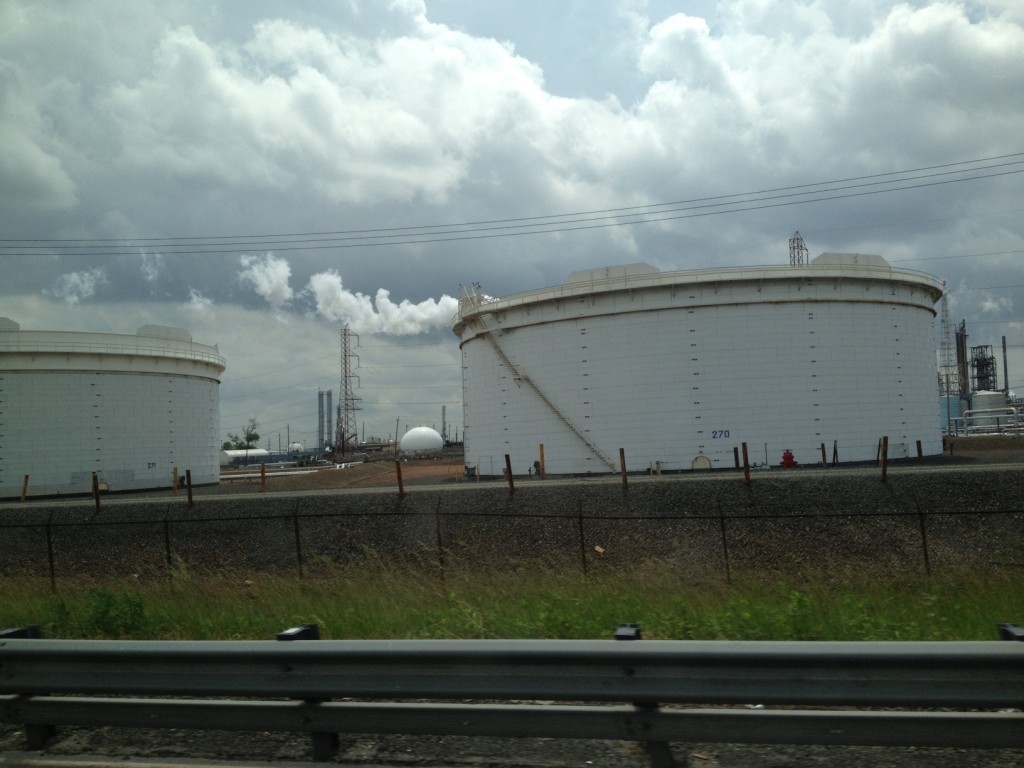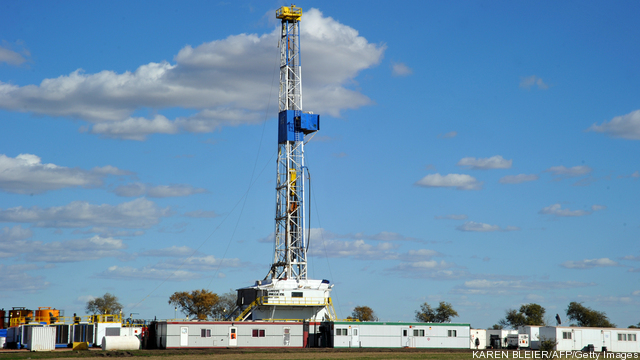The big story in crude oil markets over the past few years was the historic price divergence between West Texas Intermediate (WTI) and Brent, the world’s 2 most-widely traded crude oil contracts. However, after blowing out to an unprecedented $27 per barrel Brent premium in summer 2011, the story is now about Brent-WTI contraction and… Keep reading →
Pipelines
Sign up and get Breaking Energy news in your inbox.
We will never sell or share your information without your consent. See our privacy policy.Citi’s commodity research team just released a densely-packed note that breaks down the US oil transportation system reorganization currently underway and models potential market impacts associated with shifting crude and product flow patterns. Global oil price benchmark crude West Texas Intermediate (WTI) traded at a slight premium to the world’s other major benchmark, Brent, for… Keep reading →
Any game-changing technological advance benefits some industries and challenges others. Ratings agency Standard & Poor’s has compiled a list of winners and losers from the US shale boom in a report, Game Changer: Industry Winners And Losers From The U.S. Shale Revolution, released yesterday. Among beneficiaries of the shale boom are the petrochemical industry, which is enjoying lower… Keep reading →

New England’s dependence on fuel oil for heating is putting the region in the energy crosshairs this winter, with the average heating oil price projected to hit a record $3.81 per gallon.
The National Oceanic and Atmospheric Administration (NOAA) says it currently looks like the US winter will be slightly warmer than normal, but not nearly as warm as last winter in much of the nation. Keep reading →

Future natural gas transportation costs to New York City could be reduced with the expansion of the existing Texas Eastern Transmission pipeline from Linden, New Jersey to Manhattan, New York (see map here). On May 22, 2012, the Federal Energy Regulatory Commission (FERC)-the main jurisdictional authority over the construction of interstate natural gas pipelines in the United States-approved an 800,000 million British thermal unit (MMBtu) per day, or 800,000 dekatherms per day, expansion of the pipeline.
This project is slated to begin service in November 2013 and represents one of the biggest transportation service expansions in the Northeast during the past two decades. The project could have the following effects on the New York City market: reduce reliance on oil-fired generators, enhance the reliability of natural gas supplies, and lower transportation costs-especially in the winter. Spectra Energy secured firm transportation agreements for this expansion with these customers: Consolidated Edison (170,000 MMBtu per day); Chesapeake Energy Marketing, Inc. (425,250 MMBtu per day); and Statoil Natural Gas LLC (204,750 MMBtu per day). Keep reading →

US natural gas pipeline companies added about 2,400 miles of pipeline as part of 25 projects in 2011, helping to improve service in congested areas including California, Florida and parts of the Northeast, the Energy Information Administration said on Friday.
The new lines increased capacity by 13.7 billion cubic feet a day, about the same increase as in 2010 but less than that in 2008 and 2009 when a total of more than 60 bcf of capacity was added to keep pace with increasing shale-gas production, as well as new LNG terminals and storage facilities. Keep reading →

Alaskans’ way of life is threatened as oil production declines and new pipelines for natural gas remain difficult to justify financially.
Larry Persily, Federal Coordinator for Alaska Natural Gas Transportation Projects, said only high oil prices are keeping state royalties from dropping even more. The state gets 90% of its General Fund – some $8 billion last year — from oil and gas royalties. Alaskans pay no income or sales taxes, and get an annual cash rebate from the royalty fund. Keep reading →



